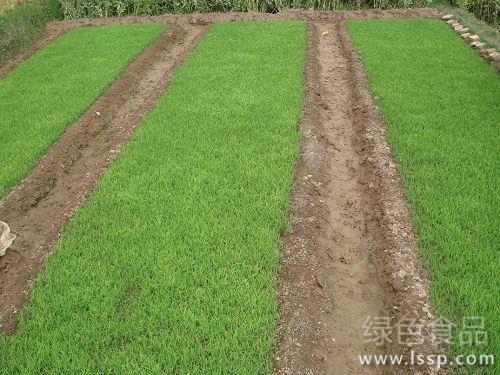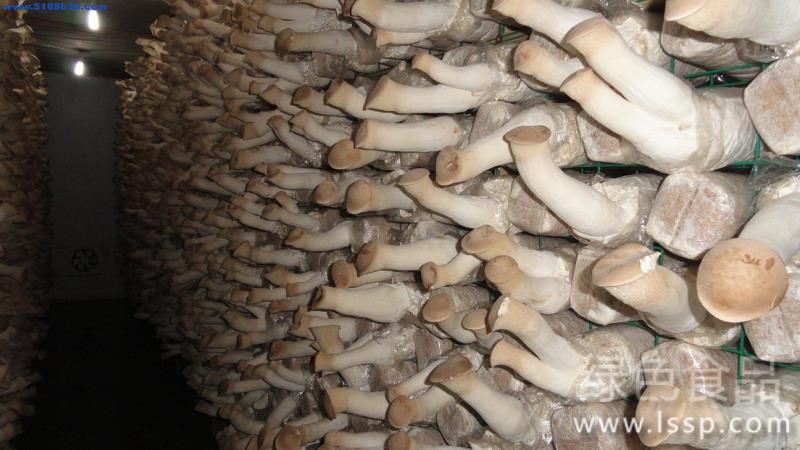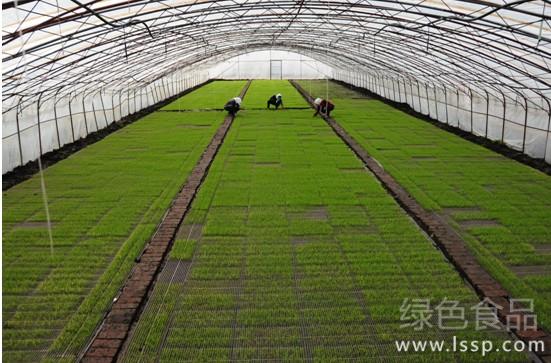The technique of dry raising rice seedlings: strong growth vigor and high panicle rate.

Dry cultivation of rice seedlings
The cultivation technology of dry cultivation and sparse planting of rice has been widely used in rice production in our city. Because of the high resistance, assimilation and absorption ability of dry raising seedlings, strong growth vitality after transplanting in the field, early tillering and rapid development, high panicle rate, long functional period of leaves in the later stage, and coordinated source-sink relationship, which is beneficial to the composition of yield, this technology has played an important role in increasing grain production in our city, but in production, due to improper operation or inadequate application of technology, the quality of seedlings is poor, and the phenomenon of rotten seedlings occurs from time to time. For this reason, the dry seedling raising techniques of early rice are briefly introduced as follows:
First, the selection of land: it is appropriate to choose flat terrain, leeward to the sun, fertile soil, loose texture of dry land (vegetable land) or winter idle rice field as seedling bed. A week before sowing, the seedbed can be arranged according to the seedling bed width of 1.2 meters and the ditch width of 0.3 meters. The seedbed should be watered thoroughly before sowing.
Second, the choice of sowing date: according to the climatic characteristics and farming conditions of our city, the best sowing time of general early rice is: hybrid rice should strive to sow at the end of early March, and conventional rice is generally in the middle and late March. The seedling age is 26ml for 30 days, and the leaf age is from 4 leaves to 4 leaves.
Third, seed soaking to promote germination: seed drying and seed treatment should be done before sowing, and seed disinfection can be carried out with soaking seed Ling and strong chlorine. The soaking time of early rice should be as long as 2ml for 3 days. When sprouting, we should master the techniques of chest breaking at high temperature (35 ℃, 38 ℃), proper temperature (25 ℃, 28 mol) and sprouting at room temperature.
Fourth, precision sowing: according to the production experience of the masses, the general hybrid rice sows bud millet 90 Mu 100 grams per square meter, discount sowing amount 30 Mu 35 kg, conventional rice 110 Mu 130 grams per square meter, fold mu sowing 60,000kg.
Fifth, seedling management: the water pipe should not be watered in front of the two leaves of the seedlings, keep the soil slightly dry, and then water properly to keep the soil moist. Wet the seedling bed one day before pulling seedlings to facilitate ramet with soil to pull seedlings. When the seedling fertilizer was in one leaf and one heart, urea could be applied to 10 kg per mu, and 300PPM paclobutrazol could be sprayed at 60 kg per mu. 5 days before transplanting, 12 kg of urea should be applied per mu and combined with medicine.
- Prev

"Tips" for increasing production of Edible Fungi with Special methods
"Tips" for increasing production of Edible Fungi with Special methods
- Next

Wet seedling raising technology of early rice: easy to operate and strong adaptability.
Wet seedling raising technology of early rice: easy to operate and strong adaptability.
Related
- Fuxing push coffee new agricultural production and marketing class: lack of small-scale processing plants
- Jujube rice field leisure farm deep ploughing Yilan for five years to create a space for organic food and play
- Nongyu Farm-A trial of organic papaya for brave women with advanced technology
- Four points for attention in the prevention and control of diseases and insect pests of edible fungi
- How to add nutrient solution to Edible Fungi
- Is there any good way to control edible fungus mites?
- Open Inoculation Technology of Edible Fungi
- Is there any clever way to use fertilizer for edible fungus in winter?
- What agents are used to kill the pathogens of edible fungi in the mushroom shed?
- Rapid drying of Edible Fungi

